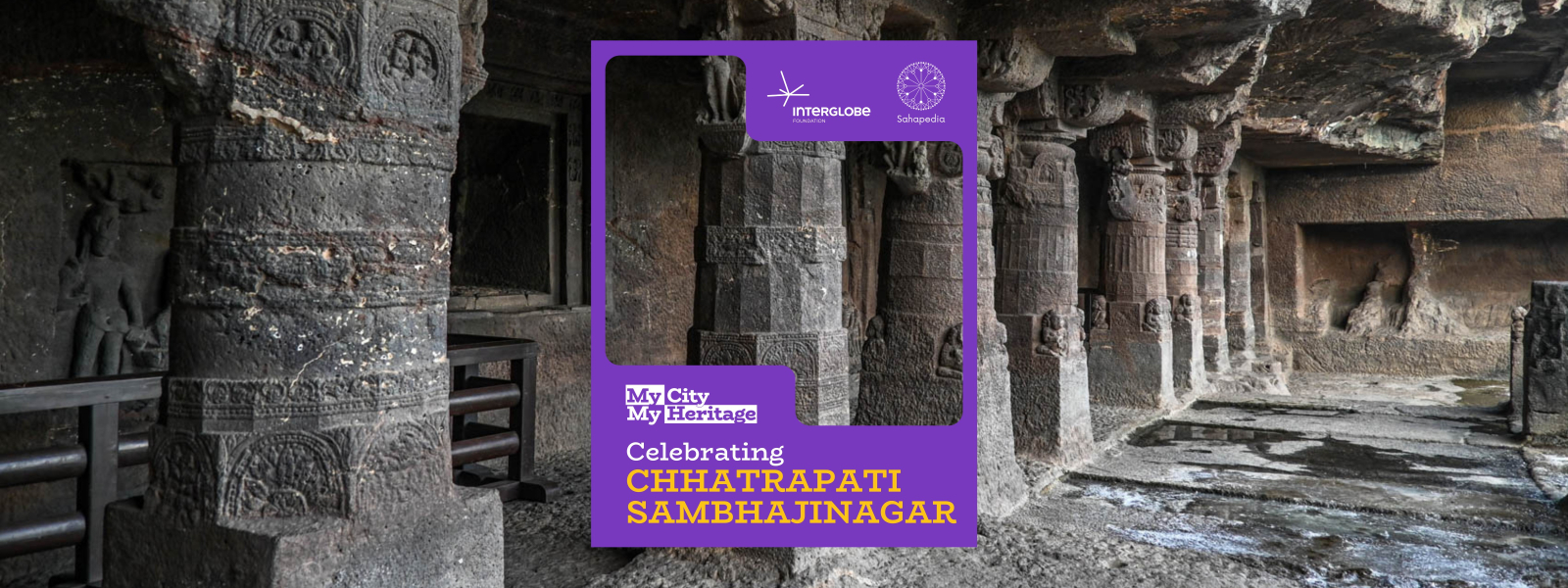The city of Chhatrapati Sambhajinagar was founded as Khadki in 1610 by Malik Ambar, the Peshwa of the Nizam Shahi state. He transformed the city with ingenious water systems and built iconic structures such as the Naukhanda Palace and the Bhadkal Darwaza. Under Mughal rule, the city became the empire’s headquarters in the Deccan and was renamed Aurangabad after Aurangzeb. This period saw significant expansion, including the construction of fortifications, mosques and the renowned Bibi ka Maqbara. The subsequent Asaf Jahi rule, which lasted over 200 years, further enriched the city, particularly in cultural and artistic spheres. In modern times, the city has reinvented itself as an industrial and educational hub.
The history of the city, thus unfolding in distinct chapters, reveals a layered cultural heritage, often overshadowed by its proximity to the World Heritage Sites of Ajanta and Ellora. This curation offers a concise yet comprehensive introduction to this multifaceted city, presenting both lesser-known narratives and celebrated landmarks.
The first article, The Centre of an Empire, explores the successive dynasties that shaped the city. Looking for Ambar’s Khadki delves into the remarkable story of its founder, while Panchakki and the Water Management System highlights the architectural ingenuity that allowed the city to thrive in its rocky, arid terrain.
A broader perspective on the city’s built heritage is provided in Architecture in Chhatrapati Sambhajinagar, followed by three focused essays on key landmarks: The Sculptures of the Aurangabad Caves, Bibi ka Maqbara and The City of Gates.
The city’s rich craft traditions come to life in The Legacy of Himroo Weaving and Kagzipura: History in a Piece of Paper, while its culinary heritage is explored in A Culinary Journey. Finally, Legacy of Educational Institutions examines the city’s role as a centre of learning, from ancient institutions to modern ones.

